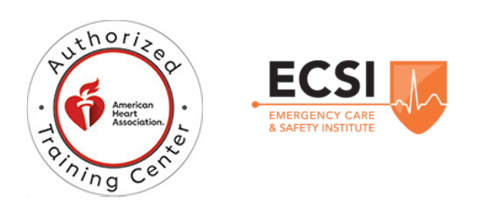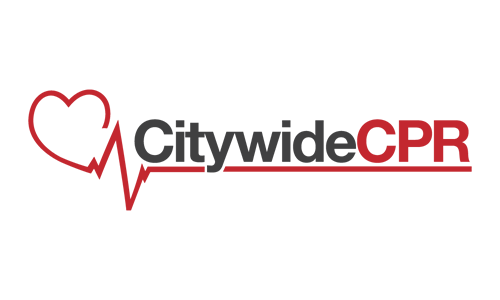Cardiopulmonary resuscitation or CPR is a famous procedure that saves the lives of those with trouble breathing or those under sudden cardiac arrest. Most of the time, there are a lot of myths and misunderstandings that the untrained laymen would not understand regarding CPR. Here are some of the questions:
Should the force of pumping be enough to break the ribs?
Absolutely not. The compression should measure at least an inch or two into the chest area of the victim, but that does not entail breaking the ribs to get there. The chance of broken ribs increases with the lack of training of someone administering CPR, although a cracked rib happens more often with older patients, as the bones are more brittle and susceptible to breaking from pressure. People are convinced that administering CPR to a skinny person will have a greater chance of breaking their ribs, but this is not the case. Age, not weight, is the only factor that leads to bone damage during CPR.
Is CPR always successful?
As a matter of fact, CPR is mostly unsuccessful. This fact is accepted by those who undergo CPR training. CPR does not necessitate the revival of someone with a stopped heart, but it should be done nonetheless. Those suffering cardiac arrest are already considered as “clinically dead” so administering CPR should always be done to increase chances of revival.
How do you know if CPR is working?
Some signs that indicate that the CPR administration is working is the rise of the chest of the patient. This means that giving mouth-to-mouth resuscitation gives stimulation to the lungs. The air a person administering CPR exhales is composed of 16% oxygen, which is close to the 20% that is normally absorbed through regular respiration. Continuous administration of CPR is the only thing that ensures survivability and increased chances of revival.
What is hands-only CPR?
Hands-only CPR is the administration of chest compression CPR, removing mouth-to-mouth resuscitation in the process. This is done when the person administering CPR is unwilling or not confident in performing ventilation via mouth. Hands-only CPR also occurs when there are 2 people performing CPR, in which one person performs the compression only on the victim while the other performs breathing into the victim’s mouth. In the case of 2-person CPR, the ratio of compression to resuscitation is still 30 compressions to 2 resuscitations, repeated until revival.
When should I start and stop performing CPR?
CPR is an immediate reaction to revive an unconscious person. An individual should start performing CPR as soon as signs of breathing has stopped in a victim. If unable to perform CPR, a 911 emergency dispatcher can run through the process for the one performing. There are no consequences whatsoever for someone performing CPR as they are covered by the Good Samaritan Law and the administration of CPR is always more important over anything else.
For those that are interested in being a helpful citizen, trainings are available to learn the proper and effective CPR techniques for the event when a person will need your help.





